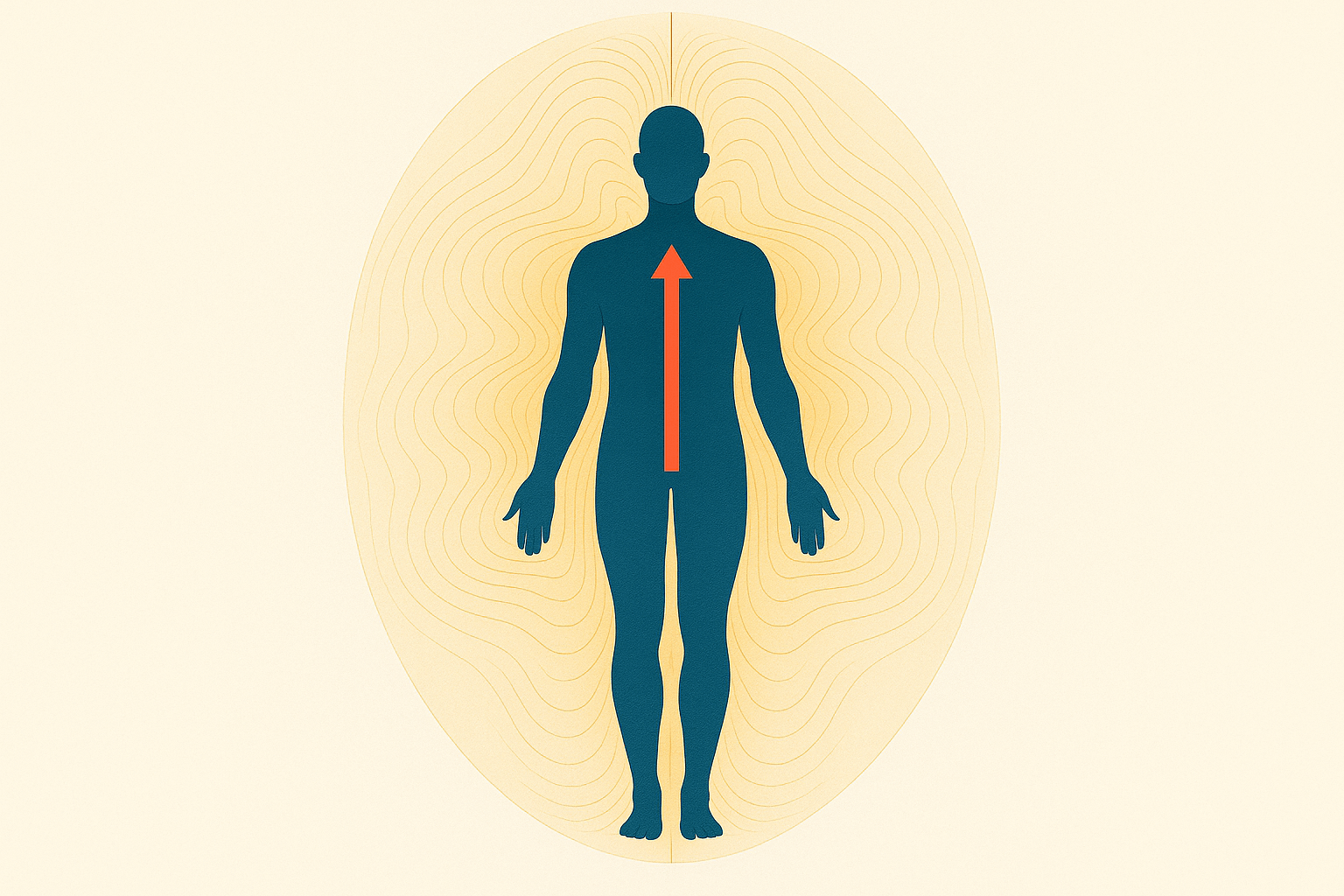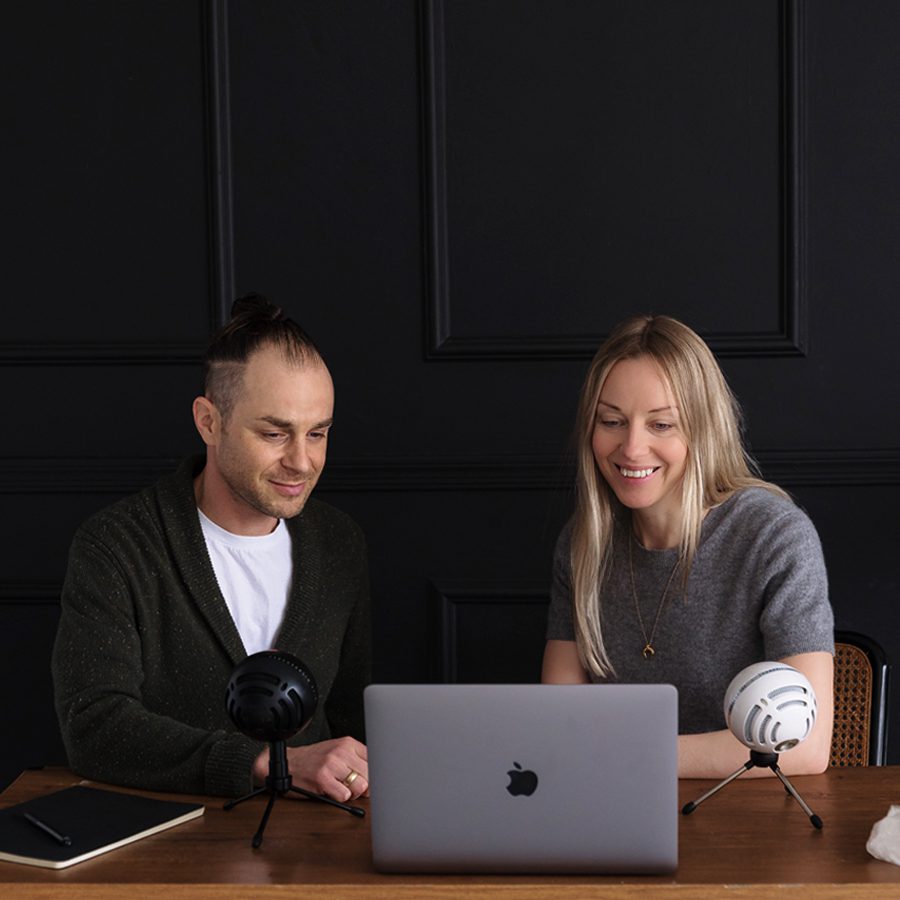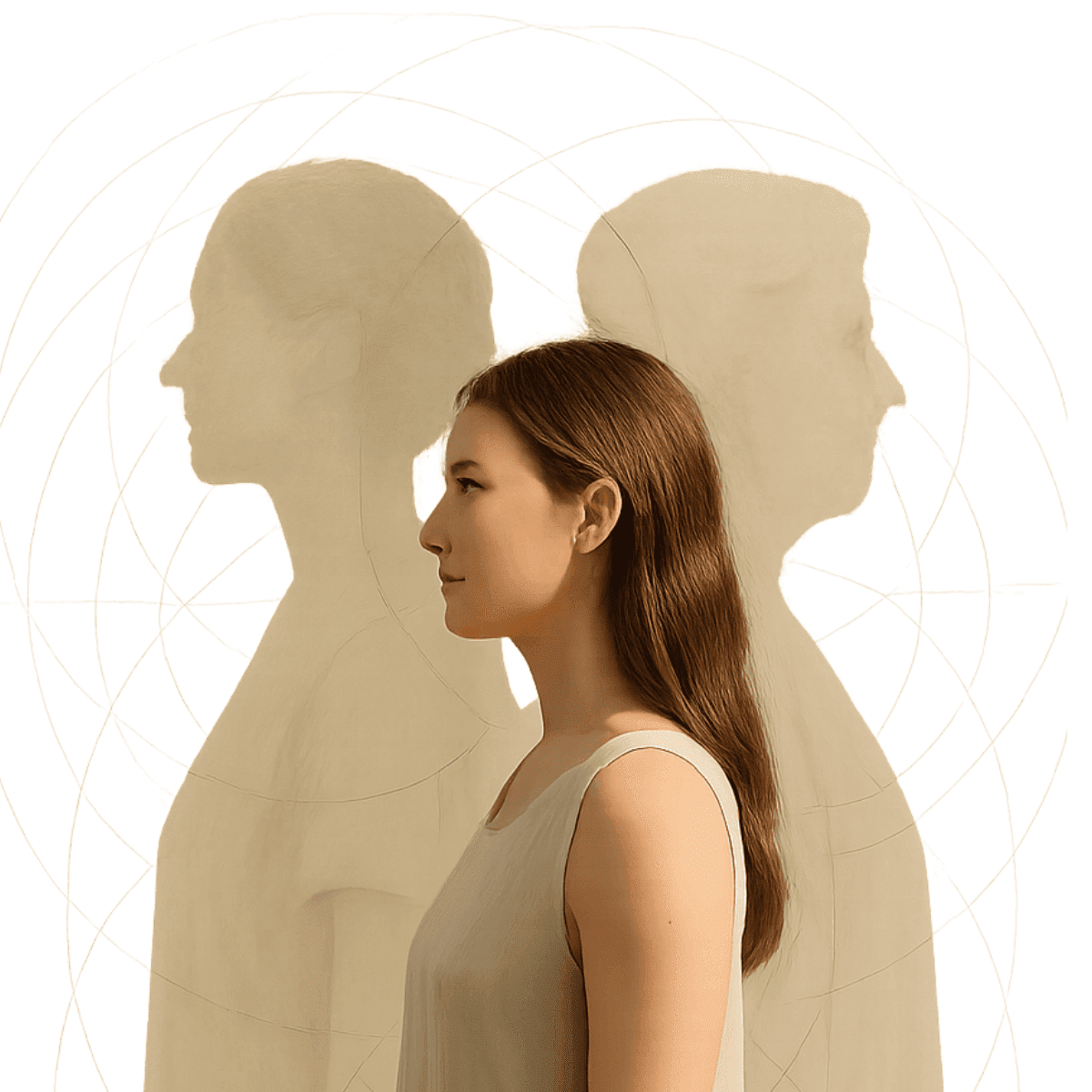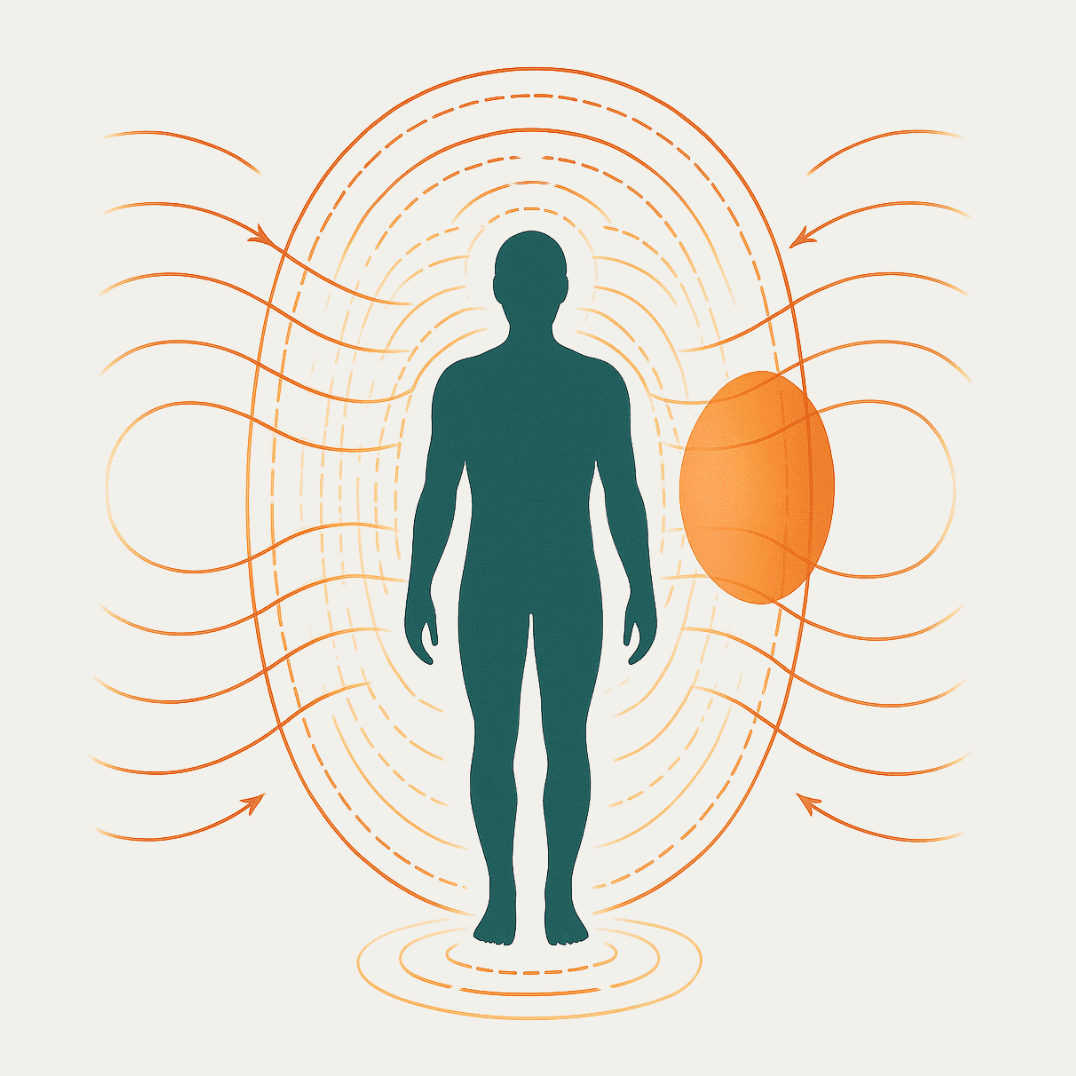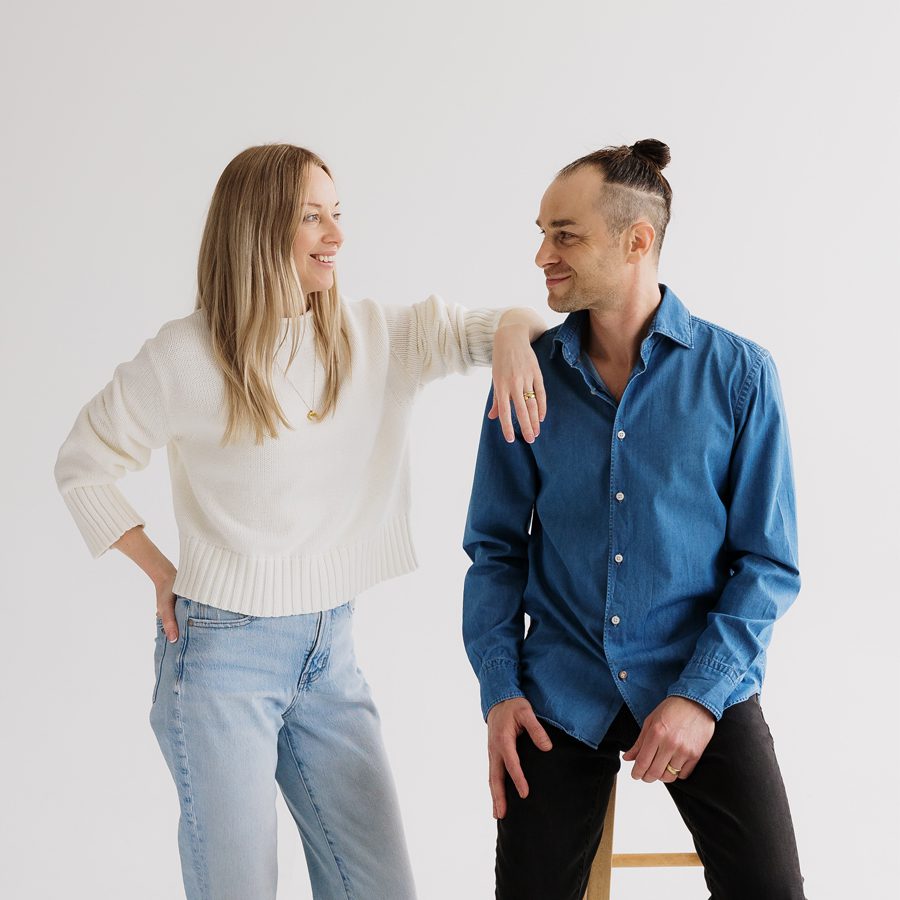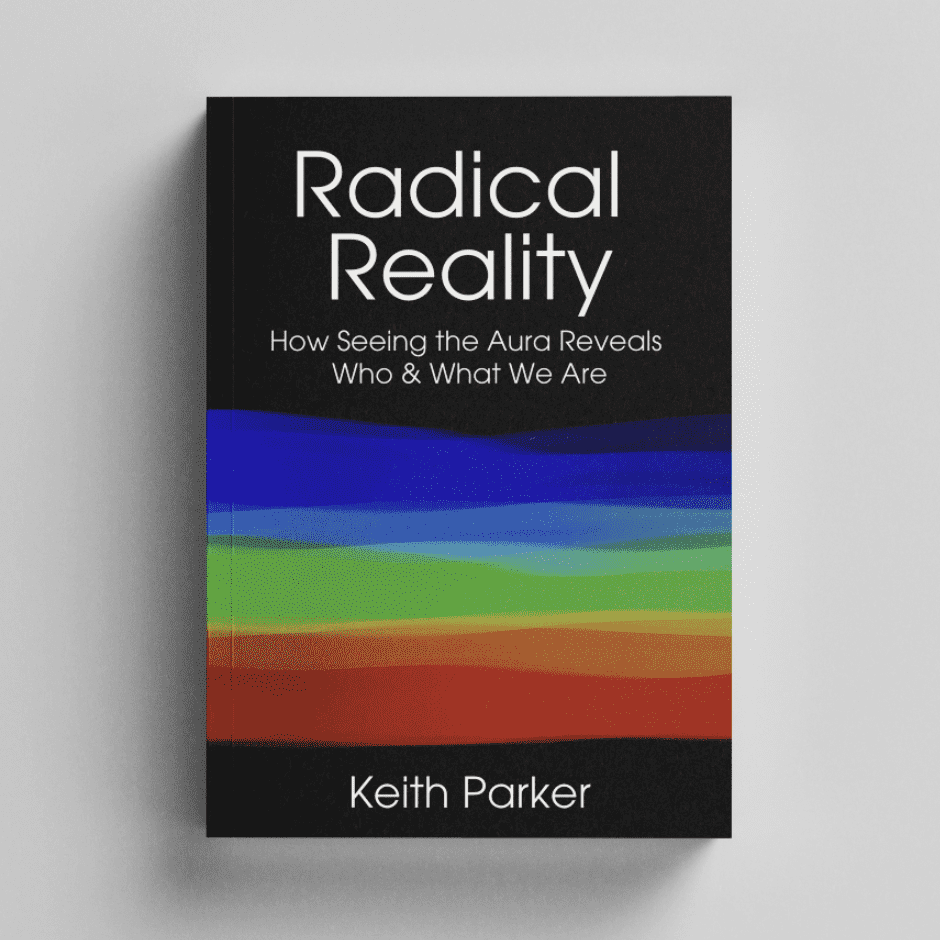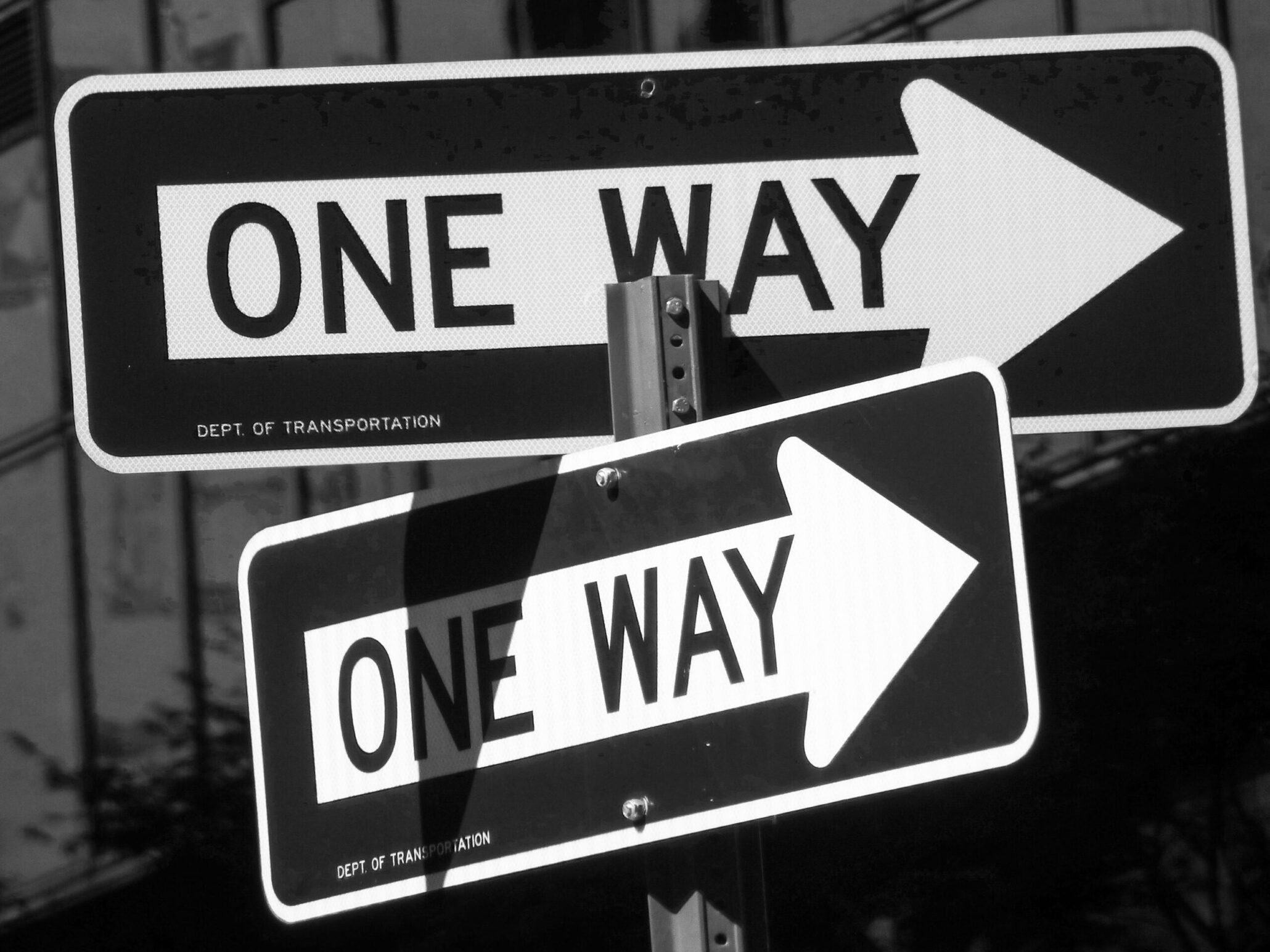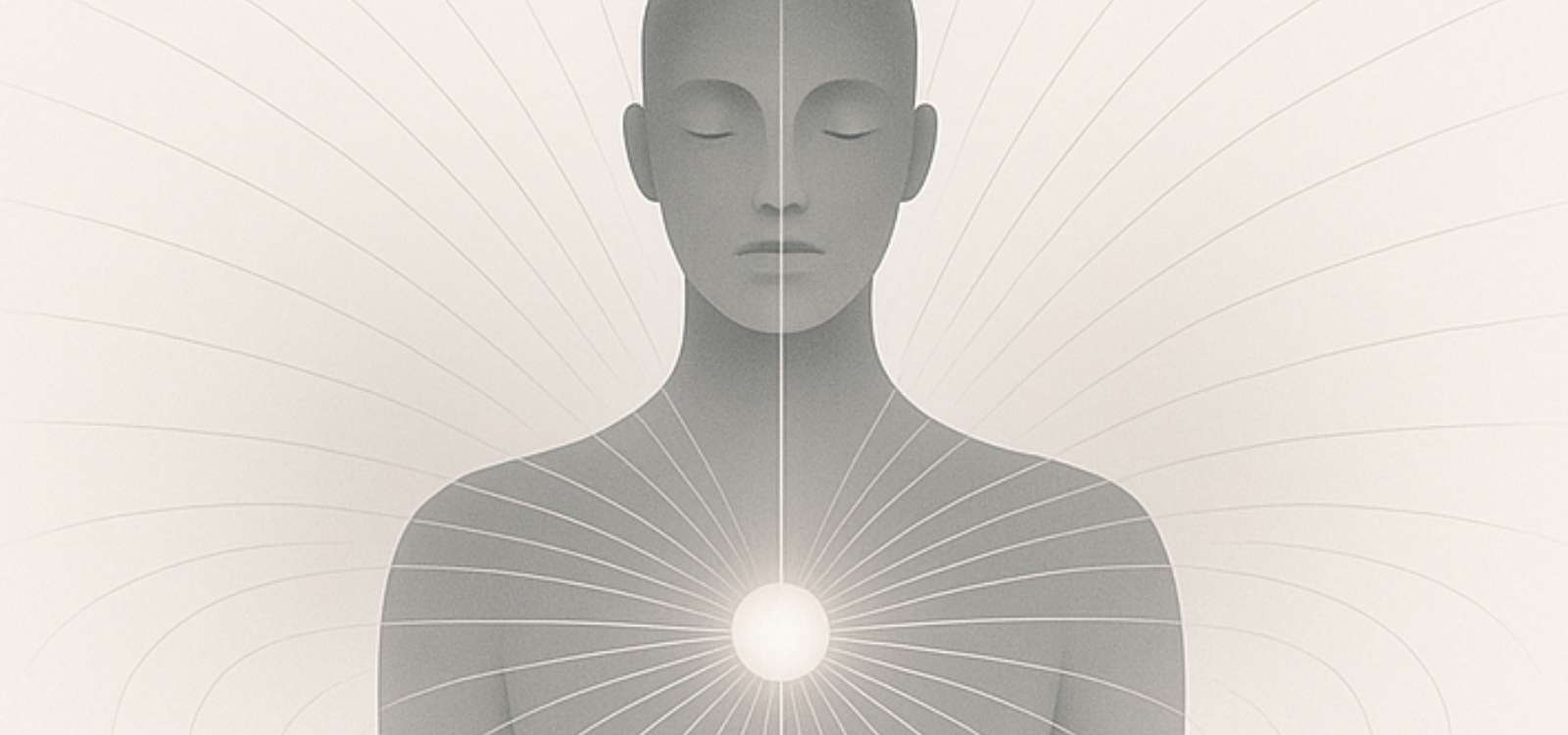Whether you refer to it as your “inner voice” or having a “gut feeling”, knowing how to recognise and act on your intuition can be a game-changer. A topic of increasing interest in cognitive neuroscience and leadership, many top performers ascribe their success to having followed their intuition, but in this rapidly changing and uncertain world we can all benefit immensely from building a better bridge to our inner knowing. People described as particularly intuitive often also have strong empathetic abilities and can sense the thoughts and feelings of others. We may think of them as highly tuned; they can simply better recognise and discern the energy and vibrations – or information fields – of those around them. This information can then help inform their behaviour and decision making.
What exactly is intuition?
Intuitive thinking or action is typically defined as following one’s initial instincts and coming to a decision based on these preliminary hunches. People often consider intuition to be something of a spiritual or mythical power, but psychologists consider that intuition relies extensively on pattern recognition, combing the stored history of experience in our long-term memory of similar circumstances, and suggesting present moment responses based on that rich and extensive database. Additionally, Jung spoke of intuition as “perception via the unconscious” viewing intuitive insights as the inner voice of the subconscious mind. We can think of intuition as an innate sense, making use not only of the five physical senses but also our inner sense perception (classically referred to as ESP) which is connected to the energy – or information – of which everything is comprised.
How to recognise when our intuition speaks?
Intuitive instincts vary from person to person, but there are some common threads to look out for. Phrases such as “I have a gut feeling” or “hunch” are common examples of people tapping into their intuition. Somatic (body) experiences are also great indicators our intuition is speaking to us, such as experiencing a shiver down the spine, goosebumps, butterflies, or a tightening in the belly. It is also helpful to consider our inner senses – fleeting images coming to the mind’s eye, for example, are less common, but are part of the same signalling system. Be careful not to dismiss your intuitive responses, they may be a great resource! We can think of intuition and our connection to our inner sensing as a muscle we can grow like any other, and we look at some ways of better building the relationship with your intuition below.
What are the benefits of having a great connection with our intuition?
Sometimes we only recognise our initial intuitive guidance retrospectively when things go wrong or badly for us – indicative in phrases such as “I had a bad feeling” or “I just knew it was the wrong decision”. Disconnection from our intuition can be disempowering and may lead to struggles with decision making, difficulties in setting boundaries with others, and feeling lost and confused with life’s challenges. Building a great relationship with your intuition can foster faster and more accurate decisions. It can also help lend more confidence, make decision making more comfortable, and connect you to a deep, visceral sense of trust in yourself by bridging into the inner compass we all have. Simply put, we feel much more in the flow of life.
What stands in the way of great Intuition?
There are a few things that stand in the way of harnessing our intuition and making better choices for ourselves: an overactive or anxious mind, being overly emotional, limiting beliefs (thinking in terms of “should have” or “ought to’) or the need to be in control. Whilst some people are more naturally keyed-in to their intuition without trying, it is a tool we can work to refine like any other.
Ways to develop our intuition
We all have different ways of accessing our intuition, and for those looking to develop or hone this skill, there are many ways we can work to strengthen this subtle connection. Intuition often comes to us in flashes, fleeting moments we miss or dismiss with our rational minds before they have chance to be seen or acknowledged. Better awareness of both our body (somatic connection) and mind (awareness) can help greatly with this.
1. Getting Still – This one is crucial. Practice getting still, building patience and receptivity. Even with just 5 -10 minutes of meditation or mindfulness exercises daily, we learn to settle our thoughts and employ the neutral witness, disidentifying from the busy or overactive mind and connecting better to the core of our being, our centre. We also become more in touch with the subtle sensations of the body in the here and now, the somatic intuitive flags. Intuition is often described as a still, small voice – we require a certain amount of stillness to hear it!
2. Getting Grounded and Connected to the Body – Grounding and balancing our energy is key to helping us move “out of our heads” at times of stress or anxiety, and time in nature is the perfect way to do this. Spending time outdoors connecting with the elements can be a useful way to ground – walking or standing barefoot on the earth, spending time by water, or leaning against a tree.
We can also perform a body scan, practising moving our attention consciously around the body, comparing the left and right side for instance, or concentrating particularly on the feet. At times of high anxiety, simply stamping our feet or employing a breathwork practice consciously cycling the breath up and down the legs can also restore balance, helping us connect better to our bodies.
3. Learning to “Read the Field” of People and Places – Myers-Briggs defines intuition as seeing patterns and possibilities in the information you receive, and we might extend that to also include what your inner senses perceive. We’ve all walked into a room or space we might describe as having “bad vibes” or come across a circumstance that “just didn’t feel right”. These phrases simply refer to us intuitively connecting to shifts in the energetic field (or information field) of that situation or location. We see this quite literally in the term “vibes” – vibration! People equally have ever-shifting energetic signatures which have gone by different names in different cultures, such as aura, prana, qi, subtle energy, life force and vital energy. Intuitively sensing these electromagnetic, vibratory fields is one of many skills commonly referred to as extrasensory perception. All this information helps inform our intuitive response whether we are consciously aware of it or not, and we can work to deepen this awareness.
4. Practice Curating Your Decision-Making Process – Do you recall a time where you didn’t know what decision to take, but having done so, immediately felt lighter, fully aligned, and committed? The decision immediately “felt right”. Take some time to consider questions and to visualise your real or imagined responses. Explore pursuing the different options available to you in your mind’s eye; check in with how the body is feeling. What are the feelings and sensations your body is communicating? What do you see and hear? How does this compare to the alternative? Here we can learn to intuitively read the possible timeline of an outcome before committing to it. As we practice this more and more, it becomes increasingly available to us in real-time. You can even practice with small choices! Take a decision between two similar products in a supermarket; hold one in either hand, close your eyes, and feel into the energy of each. What information or intuitive responses do you get? Is there one that stands out to you and why? Be playful and creative with this practice.
5. Working Through Patterns and Traumas – Clearing your own energy field, or aura, leads to building a more positive relationship with your intuition – helping you to make the right choices and take positive action in your life. When we are carrying too much negativity or anger for instance, it is more challenging to connect to our intuitive responses. Strong emotional charges, or when our fight or flight response is triggered in the moment, can “muddy the water” so to speak, blocking our internal perception. Additionally, becoming aware of our limiting beliefs, where our inner saboteur interferes with our perception of a circumstance – literal “blocks” in our understanding – and our present-moment awareness in a situation is therefore unavailable. In such circumstances, we are unable to untangle our intuitive responses from our fears or desire to control an outcome.
6. Energy Healing and Intuition – Energy healing is a great practice for developing and refining intuition and extrasensory perception, which is cultivated through a better connection to our inner senses. Energy healing works directly with all the elements discussed above through various tools and techniques. Some people are naturally sensitised to subtle energy while others can work to discover their talents through practice. Regardless, a regular or daily self-practice of energy work is perfect for those looking to develop their intuition and strengthen their perceptual boundaries for clearer energetic exchange.
Steve Jobs once said, “Intuition is a very powerful thing, more powerful than intellect, in my opinion. That’s had a big impact on my work”. Whilst it may seem challenging initially if you take the decision to commit to having a better relationship with your intuition, it will only get stronger. Practice listening to your intuition, your inner voice; ask questions and be curious.
That is not to say that intuition is our sole resource, of course, it is also necessary to employ our rational thinking and overall common sense to inform our decisions – especially when we’re emotionally charged or overtired. Strengthening our intuition is however an excellent way of getting better in touch with a key aspect of ourselves which is often underdeveloped or ignored, enabling us to step more fully into the flow of our lives.
